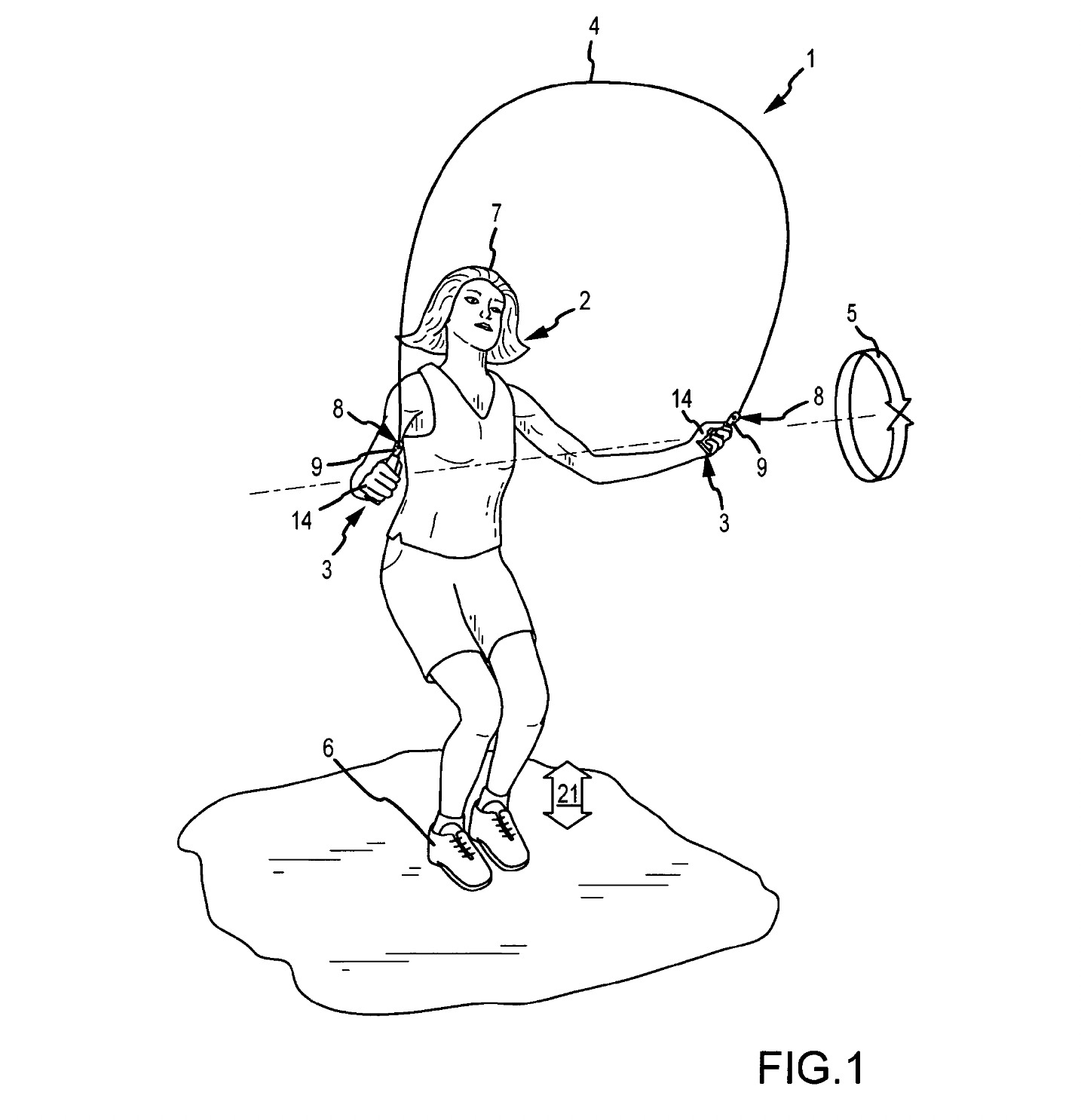Federal Circuit Will Not Read Safety and Efficacy Limitations into Pharma Method Claims | Fitch, Even, Tabin & Flannery LLP
On July 24, in United Therapeutics Corporation v. Liquidia Technologies, Inc., the Federal Circuit addressed whether safety and efficacy are required for pharmaceutical method claims to be sufficiently enabled and supported by written description.
Liquidia filed a New Drug Application for a dry powder inhalation formulation of treprostinil for the treatment of pulmonary hypertension (“PH”). In response, United Therapeutics, the owner of U.S. Patent 10,716,793, sued Liquidia in district court. United Therapeutics alleged that Liquidia’s proposed product would infringe the ’793 patent. The ’793 patent is directed to a method of treating PH comprising administering by inhalation a formulation comprising treprostinil. Claim 1 recited:
1. A method of treating pulmonary hypertension comprising administering by inhalation to a human suffering from pulmonary hypertension a therapeutically effective single event dose of a formulation comprising treprostinil or a pharmaceutically acceptable salt thereof with an inhalation device, wherein the therapeutically effective single event dose comprises from 15 micrograms to 90 micrograms of treprostinil or a pharmaceutically acceptable salt thereof delivered in 1 to 3 breaths.
Treprostinil treats PH by vasodilating the pulmonary vasculature and thereby reducing pulmonary blood pressure. Most types of PH are caused by conditions affecting the pulmonary arteries or precapillary vessels of the lungs (“precapillary PH”). However, Group 2 PH typically has a cardiac-based cause, and there are potential safety concerns in treating Group 2 PH patients with treprostinil that are not present when treating precapillary PH patients with treprostinil.
Liquidia argued that that the asserted claims of the ’793 patent were invalid for lacking adequate enablement and written description. Liquidia first argued that the claim language “treating pulmonary hypertension” required a showing of safety and efficacy. Although the Federal Circuit affirmed the district court’s finding that “treating pulmonary hypertension” includes all types of PH, it held that, in context, the claim language “treating pulmonary hypertension” did not import any additional efficacy or safety limitations.
Regarding enablement, Liquidia argued that because any changes in hemodynamics caused by inhalation of treprostinil would provide no benefit to Group 2 PH patients, the full scope of the claimed invention was not enabled. The Federal Circuit found that because the claimed administration of treprostinil would improve the hemodynamics even in Group 2 PH patients, the claims were enabled. The potential safety concerns with treating Group 2 PH patients with treprostinil may be an issue for the FDA, but not patentability.
Regarding written description, Liquidia alleged that because the specification described treating patients with precapillary PH but did not describe treating Group 2 PH patients, there was no information in the specification sufficient for a skilled artisan to conclude that the inventors possessed a method of treating Group 2 PH patients. Liquidia further argued that because vasodilation of the pulmonary vasculature is not effective in treating Group 2 PH patients, a skilled artisan would have understood that the inventors were not in possession of a method of treating Group 2 PH patients. The Federal Circuit held that a separate disclosure for each individual variant of the condition is not required unless the variants are specified in the claims. The court again found that because safety and efficacy were not recited in the claims, disease-specific treatment requirements are matters for the FDA and medical practitioners.
This case may berelevant to patent applications including methods of treating diseases. While safety and efficacy limitations may not be read into the claim language “treating a disease,” a patent applicant may want to carefully consider using claim language such as a “therapeutically effective dose.” If “therapeutically effective dose” or similar claim language is used, the patent applicant may want to define what that phrase means in the specification.






